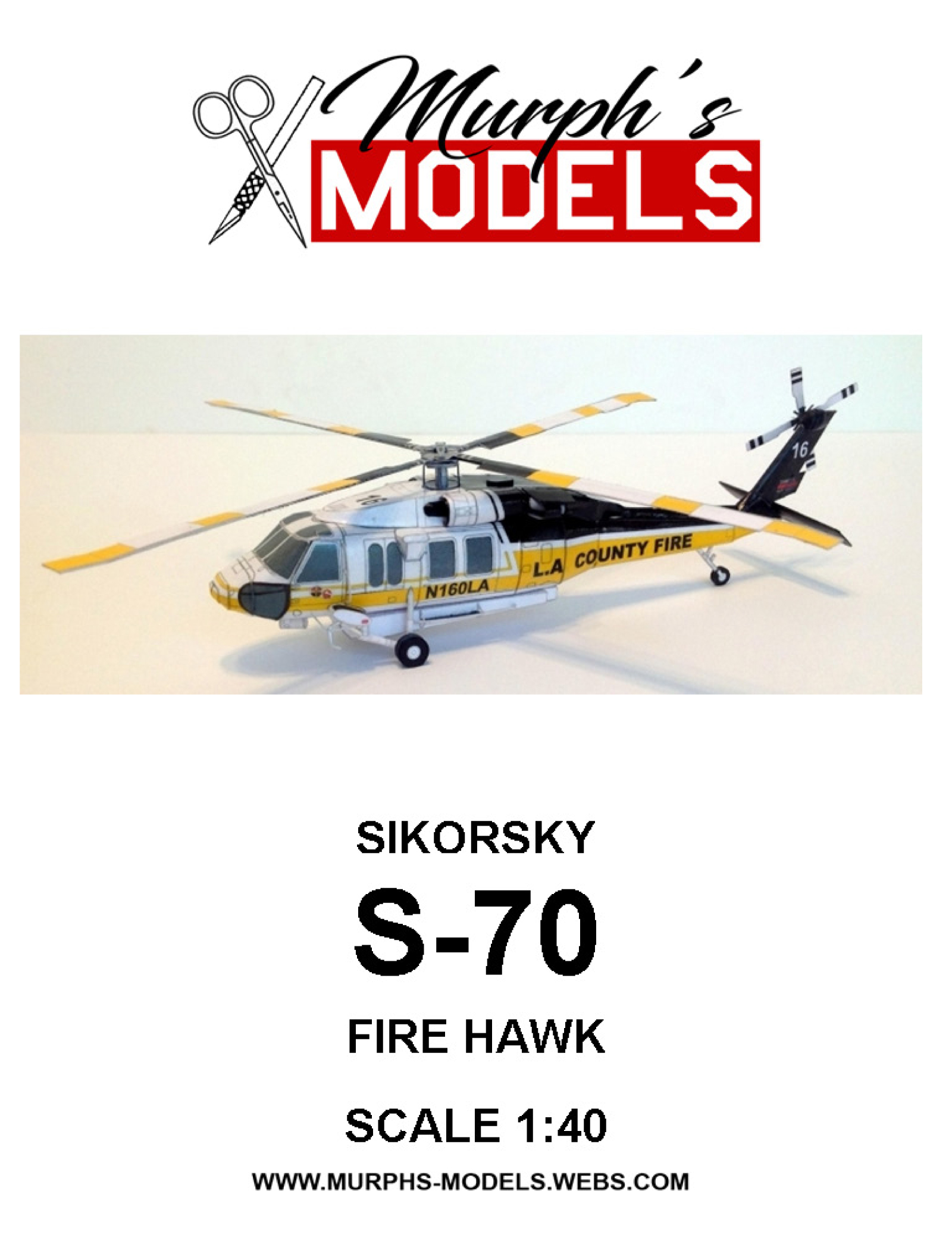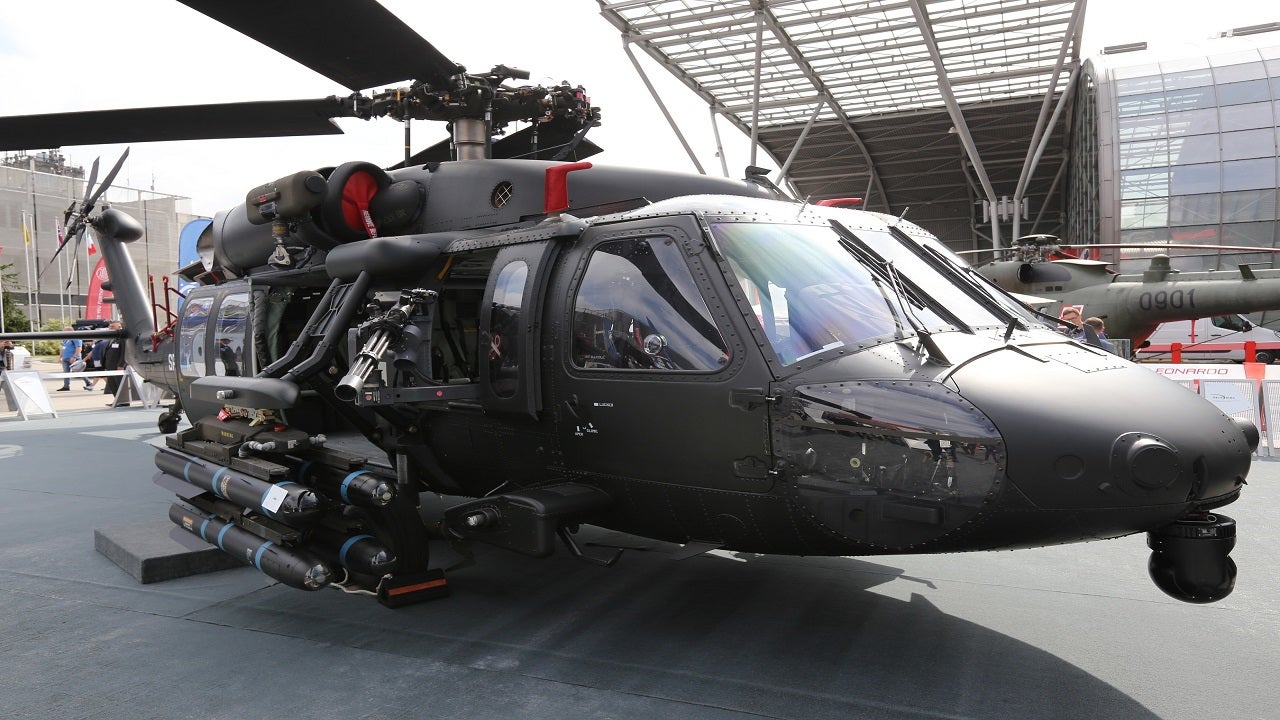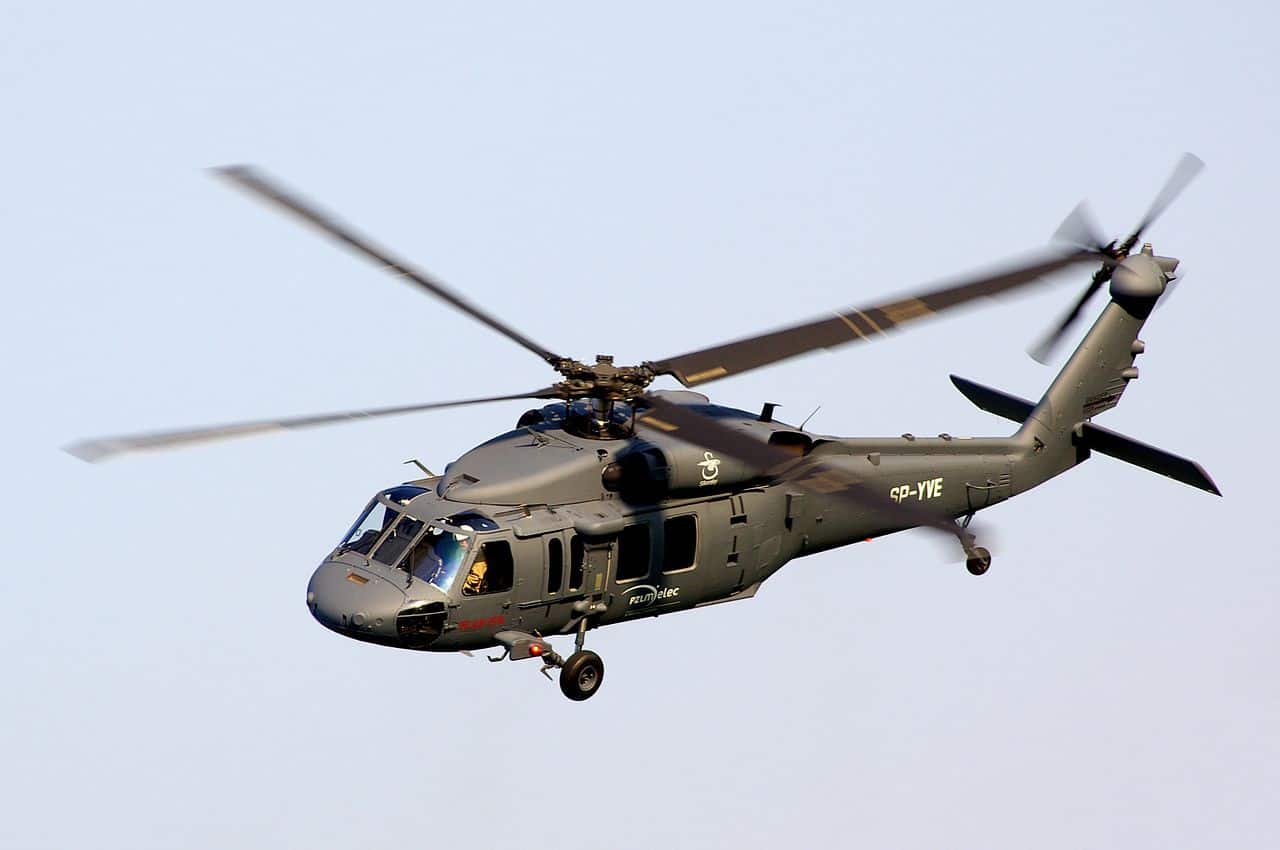Checking out the Capabilities of the Sikorsky S 70: An Extensive Evaluation
Checking out the Capabilities of the Sikorsky S 70: An Extensive Evaluation
Blog Article
High-Performance Multi-Role Rotorcraft Featuring Advanced Cockpit Technologies and Integrated Sensing Unit Equipments
The realm of rotorcraft modern technology has seen remarkable improvements in recent times, especially in the realm of high-performance multi-role rotorcraft furnished with innovative cockpit innovations and seamlessly incorporated sensor systems. In the complying with discussion, we will discover the evolution of rotorcraft modern technology, delve into the world of advanced cabin technologies, and analyze the effects of incorporated sensor systems on the operational convenience and efficiency of contemporary rotorcraft.
Advancement of Rotorcraft Technology
The advancement of rotorcraft modern technology has actually been noted by considerable developments in aerodynamics, materials, and propulsion systems, forming the abilities and performance of modern rotorcraft. In addition, innovations in propulsion systems, consisting of much more powerful engines and cutting-edge propulsion modern technologies, have actually allowed rotorcraft to achieve higher elevations, faster rates, and higher payloads.
These innovations have not just changed the capacities of rotorcraft yet have actually additionally increased their applications across various industries, including armed forces, commercial, and emergency solutions. The constant evolution of rotorcraft modern technology remains to drive development in the field, pressing the limits of what is possible and shaping the future of vertical trip.
Advanced Cabin Innovations
Structure upon the foundational developments in the rules of aerodynamics, materials, and propulsion systems, the realm of rotorcraft modern technology currently changes emphasis in the direction of introducing Advanced Cockpit Innovations. The combination of advanced technologies within the cockpit environment plays a critical duty in improving the operational abilities, safety, and efficiency of contemporary rotorcraft. sikorsky s 70. Advanced Cabin Innovations incorporate a large array of features made to give pilots with boosted situational awareness, streamlined data administration, and instinctive control interfaces
One of the crucial improvements in cockpit design is the execution of glass cockpits, which change typical analog gauges with high-resolution display screens. These digital systems use customizable formats, real-time information assimilation, and improved readability, allowing pilots to access critical details at a look. In addition, advanced avionics systems, such as fly-by-wire controls and increased reality displays, are reinventing how pilots engage with the airplane, enabling accurate control and boosted decision-making capabilities.


Incorporating advanced cockpit developments not just improves pilot performance however likewise adds to overall objective efficiency and security in complex operational settings. By leveraging advanced modern technologies within the cabin, rotorcraft producers are establishing brand-new standards for operational excellence and goal success.
Integrated Sensing Unit Equipments
With the evolution of rotorcraft modern technology, the integration of sophisticated Integrated Sensor Equipment has actually come to be paramount in improving operational performance and safety. These Integrated Sensor Equipments incorporate a wide variety of modern technologies that provide essential information for different functions such as navigating, security, targeting, and ecological surveillance. By seamlessly integrating sensing units like radars, electronic cameras, lidar, and infrared systems right into rotorcraft, operators can gain from improved situational understanding, enhanced objective capacities, and decreased pilot work.
One trick advantage of Integrated Sensor Solutions is their capacity to collect real-time information and offer actionable insights to pilots and objective drivers. As an example, advanced radar systems can discover and track targets over long ranges, permitting for early threat detection and efficient action preparation. In addition, incorporating electro-optical and infrared video cameras allows rotorcraft to carry out reconnaissance and security objectives with accuracy and accuracy.
Basically, the combination of innovative sensor innovations into rotorcraft not only enhances operational effectiveness yet additionally adds significantly to overall goal success and team safety and security. As rotorcraft remain to evolve, the function of Integrated Sensing unit Solution will most certainly continue to be at the leading edge of advancement in the aerospace market.
Operational Convenience and Performance
Enhancing operational flexibility and efficiency in rotorcraft is an all-natural progression from the integration of innovative Integrated Sensing unit Systems. By leveraging the insights and data given by these sophisticated sensor systems, rotorcraft can optimize find out here now their efficiency across numerous objectives and environments.
Functional flexibility encompasses the capability of rotorcraft to adapt to various roles and circumstances effectively. With advanced cabin technologies and incorporated sensor systems, rotorcraft can effortlessly transition in between tasks such as search and rescue, clinical evacuation, monitoring, and more. This convenience enhances the rotorcraft's capacity to meet varied functional requirements without calling for comprehensive reconfiguration.
Performance in rotorcraft operations is vital for maximizing goal effectiveness and source use. Integrated sensor systems play a critical duty in enhancing operational effectiveness by giving real-time data on climate condition, terrain mapping, target tracking, and a lot more. This information enables pilots to make informed decisions promptly, optimize flight courses, preserve fuel, and improve overall objective productivity.
Effect On Modern Aeronautics Operations

Furthermore, the assimilation of sophisticated sensors promotes enhanced mission preparation and execution, enabling rotorcraft to perform a wide variety of tasks with enhanced precision. From search and rescue operations to airborne firefighting and police objectives, the capabilities of modern-day rotorcraft furnished with advanced cockpit technologies discover this and incorporated sensing unit systems are unparalleled.
Additionally, the impact of these improvements expands beyond functional performance to cost-effectiveness and sustainability. By enhancing trip routes, fuel intake, and upkeep schedules, high-performance rotorcraft geared up with innovative cabin technologies and sensing units add to reducing operational expenses and ecological impact, making them vital properties in modern air travel procedures.
Conclusion
To conclude, the high-performance multi-role rotorcraft with advanced cabin technologies and incorporated sensor systems stands for a significant advancement in air travel modern technology. These developments boost operational versatility and effectiveness, ultimately influencing modern-day air travel operations in a favorable means. The combination of these innovative technologies permits enhanced abilities and efficiency in numerous goal circumstances, showcasing the continued development of rotorcraft innovation in the air travel industry.
The realm of rotorcraft technology has actually seen remarkable innovations in current times, specifically in the world of high-performance multi-role rotorcraft geared up with advanced cockpit technologies and perfectly integrated sensor systems. From boosted objective adaptability to boosted functional performance, the merging of advanced cockpit innovations and incorporated sensor systems has actually ushered in a new age of opportunities for rotorcraft applications. In the adhering to conversation, we will discover the development of rotorcraft innovation, delve right into the realm of innovative cockpit advancements, and take a look at the implications continue reading this of incorporated sensor systems on the operational versatility and performance of modern-day rotorcraft.

Report this page